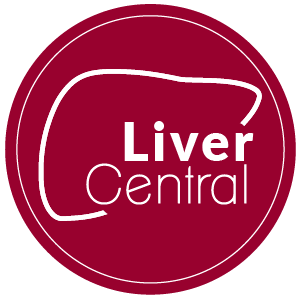Pivotal Trials Look to Shake Up HCC Treatment
Hepatocellular cancer, the most common primary liver malignancy, is the fourth-leading cause of cancer-related deaths globally.
Hepatocellular cancer (HCC), the most common primary liver malignancy, is the fourth-leading cause of cancer-related deaths globally. HCC is a heterogenous malignancy resulting from diverse causes of chronic liver injury and cirrhosis, with viral hepatitis, alcoholic cirrhosis, nonalcoholic steatohepatitis, and hemochromatosis being the most common etiologic factors. Despite recent advancements in the treatment of HCC, the 5-year survival rate is less than 20%. Surgery and liver transplantation are the primary curative modalities for patients with early-stage HCC; however, a majority of patients with HCC are not amenable for surgical resection or locoregional therapy including ablation, embolization, or radiation therapy.
Until recently, systemic therapeutic options were limited for patients with advanced HCC—sorafenib (Nexavar) was the only FDA-approved therapy for more than a decade. Immunotherapy, tyrosine kinase inhibitors (TKIs), and monoclonal antibodies targeting VEGF have all received FDA approval, broadening the plethora of treatment options for this patient population.
For patients with advanced HCC not amenable for surgical resection, treatment options include locoregional or systemic therapy; there is no role for adjuvant therapy following surgical resection or locoregional therapy for HCC. Investigators are evaluating the role of immune checkpoint inhibitors as adjuvant therapy post surgery, ablation, and embolization in multiple trials. In addition to the stage of disease, performance status and comorbidities, treatment of HCC is guided by Child-Pugh score and Barcelona Clinic Liver Cancer (BCLC) staging system. Historically, locoregional treatment is recommended for patients with BCLC stage B and systemic therapy for BCLC stage C. Benefit of systemic therapy is primarily limited to patients with Child-Pugh score A5 or A6.
